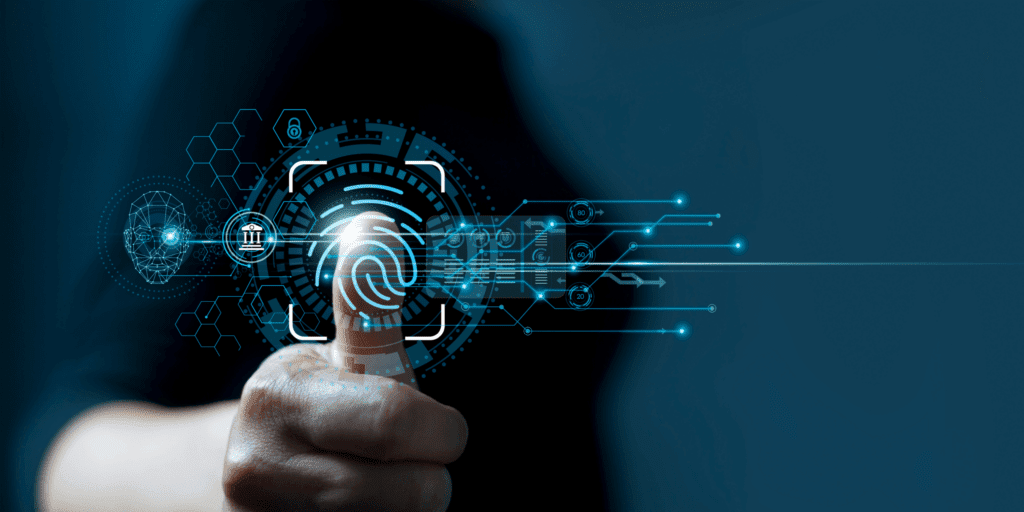Individual’s identity in the digital realm
Digital identity refers to the representation of an individual’s identity in the digital realm, often associated with online activities, transactions, and interactions. As our lives become increasingly intertwined with digital platforms, digital identity plays a pivotal role in accessing services, conducting financial transactions, and participating in online communities. However, the growing reliance on digital identity also introduces a range of issues and challenges. One key concern revolves around privacy, as individuals may be required to share personal information across various platforms, raising questions about the control and security of that data. Ensuring the integrity and protection of digital identities becomes crucial in preventing identity theft, unauthorized access, and other malicious activities that can exploit vulnerabilities in the digital ecosystem.

The lack of standardized protocols
Another significant challenge associated with digital identity is the need for interoperability and standardization. With the proliferation of online services, each demanding its own set of authentication credentials, users often find themselves managing multiple digital identities across different platforms. The lack of standardized protocols and frameworks for identity verification can lead to inefficiencies, user confusion, and potential security gaps. Additionally, issues of inclusivity arise, as not everyone may have equal access to digital identity tools, creating a potential divide between those who can fully participate in the digital economy and those who face barriers due to lack of resources or technological literacy. Addressing these issues requires a collaborative effort involving technology developers, policymakers, and the broader community to establish secure, user-friendly, and universally accessible digital identity solutions.

Related Posts
Being or Not Being (Anymore): Identity in the Age of AI
The growing ubiquity of artificial intelligence systems, especially generative models such as deepfakes and synthetic data generators, is redefining the boundaries of digital identity. No
“Identity on Screen: Digital Theft or reduction of the Self?”
My contribution aims to provide a psychological and clinical perspective on digital identity theft. To understand the clinical implications of digital identity theft, it’s first necessary to
Crime Agenda. The narrative of digital identity theft in the European media
In a complex world, even in the digital criminogenic context, journalistic communication could encourage scientists, citizens, and associations to discuss the ‘unusual’ and what is
